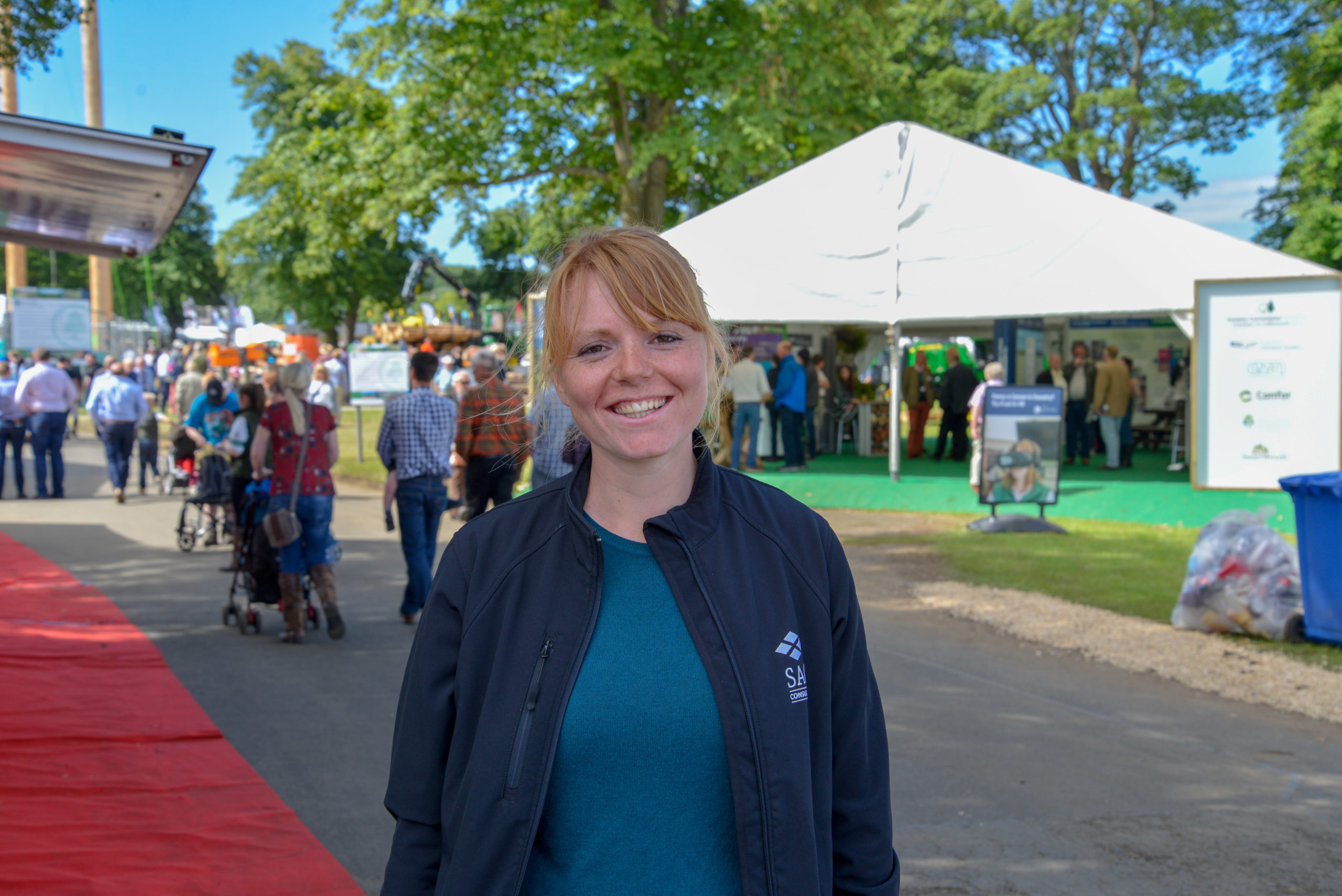Sheep farmers are being urged to prioritise nutrition ahead of lambing, to increase flock productivity and reduce lamb losses.
SAC Consulting held three webinars in the run up to the lambing season, featuring advice and experiences from farmers, specialists, and vets on maximising lamb crop in indoor systems, hard hill environments and upland systems.
The ‘Lamb Crop 2022’ webinars attracted close to 400 viewers across the three virtual sessions and two of the core messages which featured throughout, was the importance of regular body condition scoring of ewes to gauge nutrition levels and analysing forage to understand what supplementary feeding is needed to meet energy shortfalls.
SAC Consulting’s sheep and grassland specialist Poppy Frater emphasised to farmers that nutrition can make the greatest contribution to lambing success.
“The fat reserves on the ewe are indicative of her health and have been shown to influence rearing success,” she said. “We encourage all sheep farmers to assess condition of their flock more frequently to build confidence in a scale from 1 to 5 that suits their flock. At lambing, the target condition score for lowland is 3, upland flocks is 2.5 and hill flocks is 2.
“Ewes below a condition score of 2 at weaning do tend to have lower scanning percentages, so make sure you get them up to target of 3 as quickly as possible,” she advised.
Those lambing outdoors were encouraged to wean earlier, to ensure ewes can get to a better condition score before the winter.
Ms Frater speculated that basing nutrition more around grass could be where the future lies in sheep farming, with a nod to rising fertiliser and feed costs, and emphasised the importance of resting grass through the winter to ensure spring grass yield.
Farmers were encouraged to consider several different systems, from resting lambing paddocks by using rotational grazing, feeding silage or hay, and grazing on forage crops. However, she pointed out that with forage crops, farmers should factor in what they are losing in area, when the crop is growing, and to remember that ewes need time to adapt to different forages and should allow for a transition period over a week.
“Energy buckets and licks are really useful in the hill situation,” Ms Frater continued, “but they are designed to complement grass, not replace it. Often energy buckets will only provide 1 to 2 megajoules of energy and a 60kg ewe will require 16 megajoules of energy pre-lambing. They supplement grass and help act as a bit of insurance but are an expensive and challenging way to meet the majority of energy requirements.”
During late pregnancy, Ms Frater pointed out that farmers tend to bring in other supplements to complement forage. “It is important to understand the quality of your silage as this will influence how much energy you get from silage, and you can be more strategic in understanding what concentrate is required to meet that energy shortfall.
“How you feed supplementary concentrates will help mitigate any negative impact on rumen pH. Introduce slowly, start on no more than 0.25kg and increase by 50g to 100g per day. If you need to feed more than 0.45kg per ewe, per day and split this into two feeds. When feeding straights, things like barley fed whole, avoid excessive processing, and provide adequate feed space.”
She warned that greedy ewes can often eat the feed allocated to the shy feeders and be susceptible to twin lamb disease as a result.
“Space requirements are also important to minimise stress in the ewe which then has an impact on how easily she lambs and the lamb vigour,” Ms Frater continued, adding that the same logic should be applied to ring feeders and recommended that 24 ewes should be allocated per feeder to meet their energy requirements.
Issuing a word of warning to sheep farmers looking to save money on supplementary feeding she said to be wary of false economies.
“Cheaper concentrates may be poorer quality and therefore will need more kilos to provide adequate energy, which is not rumen friendly,” she explained. “In addition to the protein content (target 18% crude protein) ask for the metabolisable energy content when comparing feeds and watch for high inclusion of poor-quality ingredients such as oatfeed, palm kernel and rapeseed meal.”

